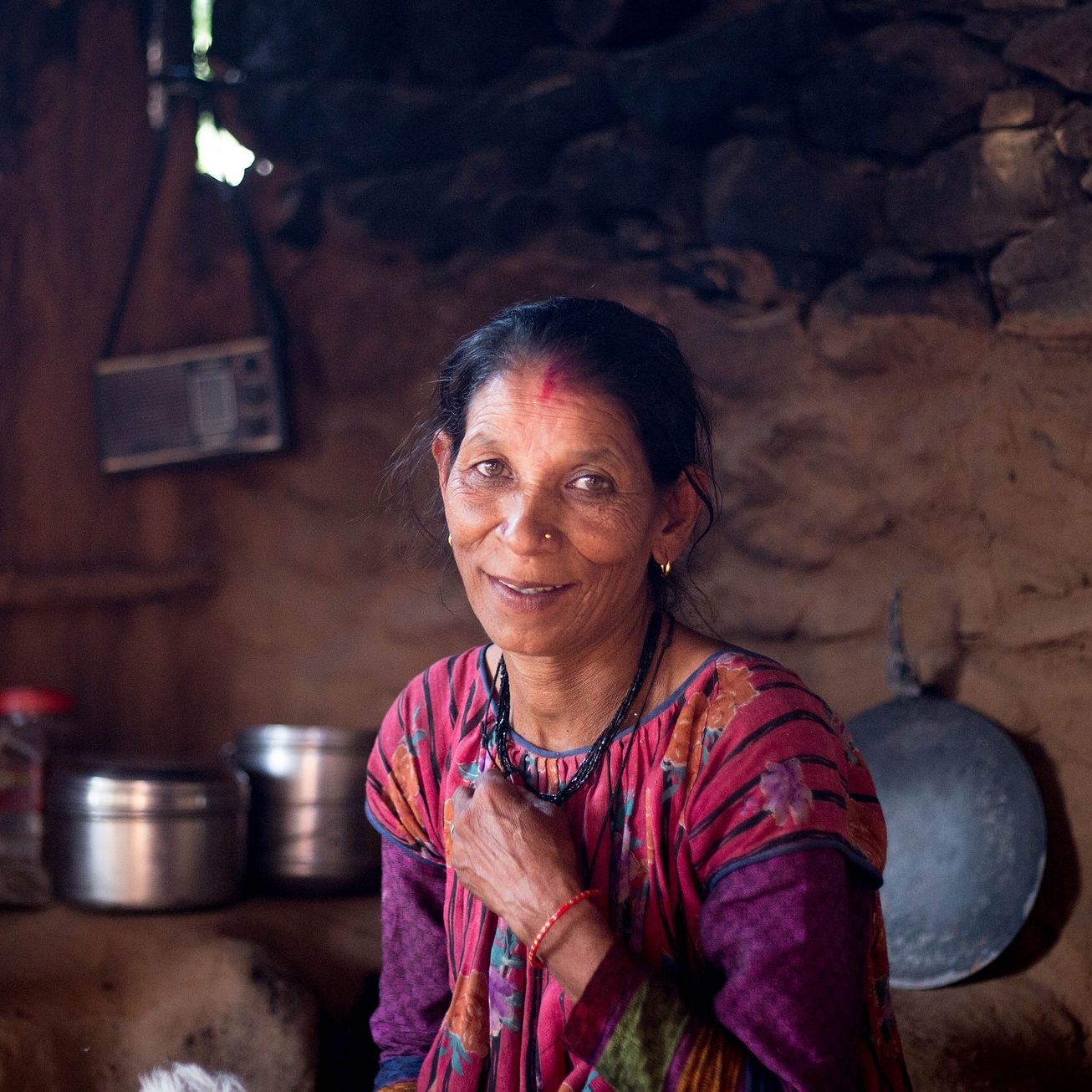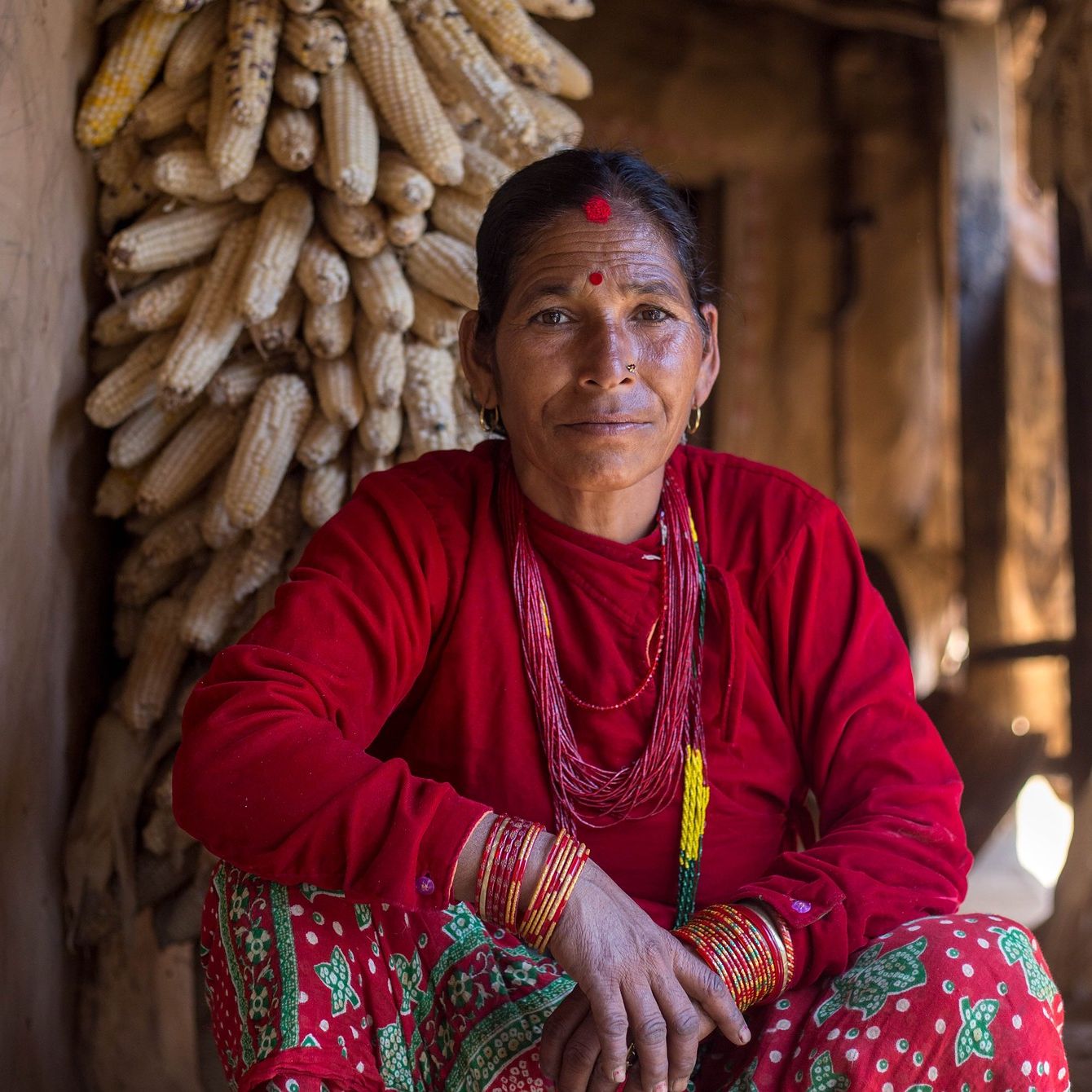Poverty is often a catalyst for child labour and bonded labour, especially for families living in rural areas of Nepal. However, empowered women with improved options for work can change the narrative.
IntroRural families in Nepal are stronger with new skills
Poverty is often a catalyst for child labour and bonded labour, especially for families living in rural areas of Nepal. However, empowered women with improved options for work can change the narrative.
Read on to learn about four families who, through their participation in livelihood programming, highlight some of the key transitions happening today.
Bonded labour in Nepal
Until the last decade, dreams could be limited by social status for those living in Nepal. In the past, under the traditional Haliya system of bonded labour, certain families, known as Haliyas, were considered to have a lower socio-economic rank than others. This prevented them from participating in community decision making, accessing education, and entering certain trades, which in turn limited their economic potential and empowerment.
In 2008, Haliyas were officially freed from bonded labour by the government. They are now known as freed Haliyas. The government is supporting them through a “rehabilitation plan”, offering land and housing. However, the rehabilitation plan does not provide them with training, which is why the the Bridge project project aims to provide livelihood support to complement the government’s actions.
Child labour and bonded labour in Nepal
Nepali children face the highest risk of being involved in child labour than any other country in South Asia, despite improvements over the past years. About 37% of children aged 5 to 17 years were engaged in child labour in 2014. Haliya families, in particular, are the most vulnerable to situations of poverty and child labor today than other families.
Nepal still accounts for 1.1 million children in child labour, with most children working in agriculture. That’s why the Bridge project targeted families highly vulnerable to exploitation, particularly bonded labour and the worst forms of child labour. Child labour is an integral component of the country’s Decent Work Country Programme and remains high on the government’s agenda.
Although public school tuition is free, poor households face credit restrictions and are often unable to buy school books and uniforms for their children. As a safety net, poor families are more likely to use child labour in the absence of viable alternatives, leading to an intergenerational cycle of child labour – since children who do not complete education nor gain new skills, remain trapped in poverty.
The Bridge project contributes to ending that cycle by providing parents with training opportunities to increase their incomes.
The Bridge project
The Bridge project, funded by the U.S. Department of Labor and implemented by the ILO, began in 2015 with the aim of eliminating traditional and state-imposed forced labour systems and significantly reducing contemporary forms of forced labour, which are often linked to human trafficking.
To date, the project has provided livelihood support to over 1,000 participants , including 800 freed Haliyas, in Nepal. Through a mix of prevention measures, livelihood support, and legal services, former victims of bonded labour have a renewed sense of hope for the future.
As a result of the project:
- 87.6% of participants are using the trade skills they learned
- 60% started their own business within 8 months
- 48% of beneficiaries experienced an income increase, among which 69.4% used some of the income on their children’s schooling
The participants
The four participants that we spoke to for this story were born into rural communities in Kanchanpur and Bajura whose inhabitants, for centuries, had been trapped in bonded labour. The project identified more than 16,000 of the most vulnerable people from the Haliya community in that area. Eight hundred of them were selected to complete the pilot programme in intensive livelihood training in either construction, agroforestry, or other vocational skills.
The selection of trades also considered the level of literacy, and provided opportunities such as goat-keeping, off-season vegetables farming, and poultry rearing, which do not require a minimum level of education. Following the training, participants received a certificate attesting to their new skills. This certificate is nationally recognized, meaning it is valued by employers. In addition, they also participated in enterprise development training (“Start and Improve Your Own Business” course), which includes everything from soft skills to building a business plan.
Before the training, more than 50% of the participants were subsistence farmers with no other income. They all reported that they had gained income after the training. According to midline survey results, around 88% reported that they had used the trade skills that they had learnt, primarily at work and at home.
12% of households in the districts where systems of bonded labour are most prevalent are affected by forced labour.
Looking at only Haliya households, that proportion rises to 94%.
(out of a total of 7 million) children in Nepal are engaged in child labour today.
Faces of opportunity
Discover the portraits of four Nepalese families - farmers and painters, fighters and dreamers - and how their lives have changed for the better since completing the training programme.




